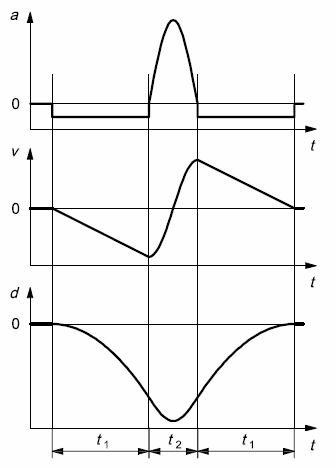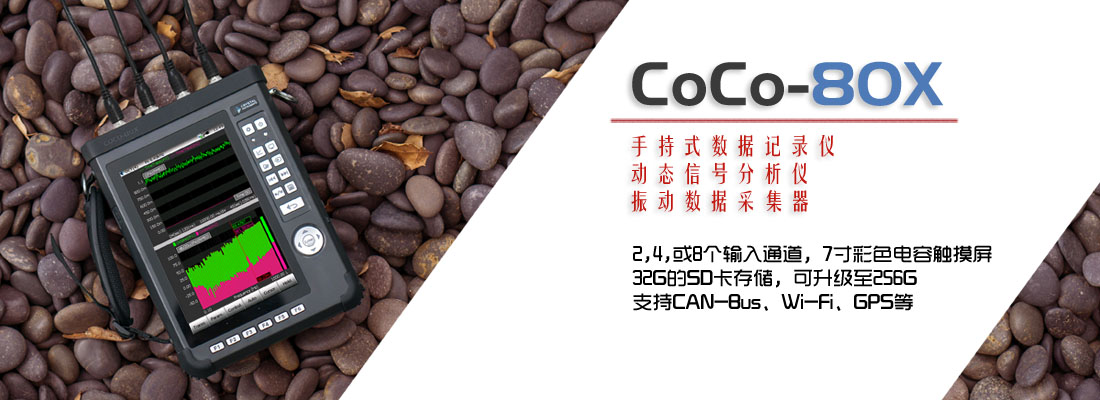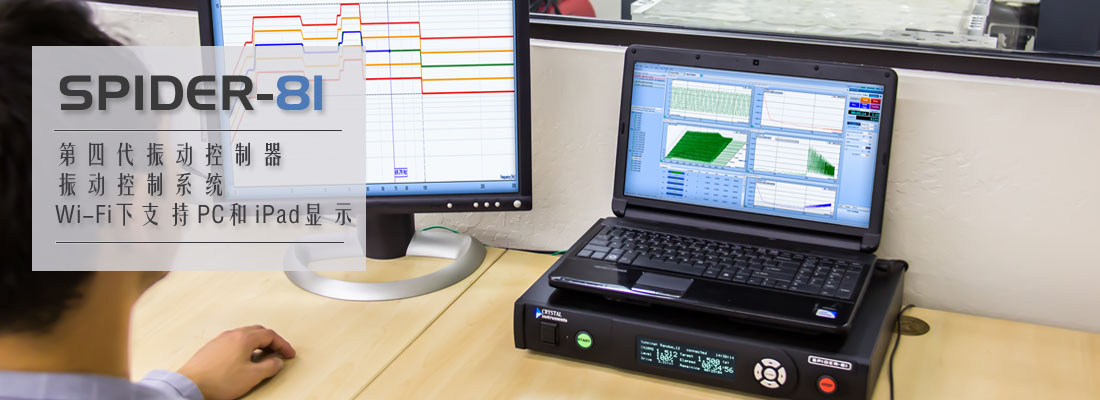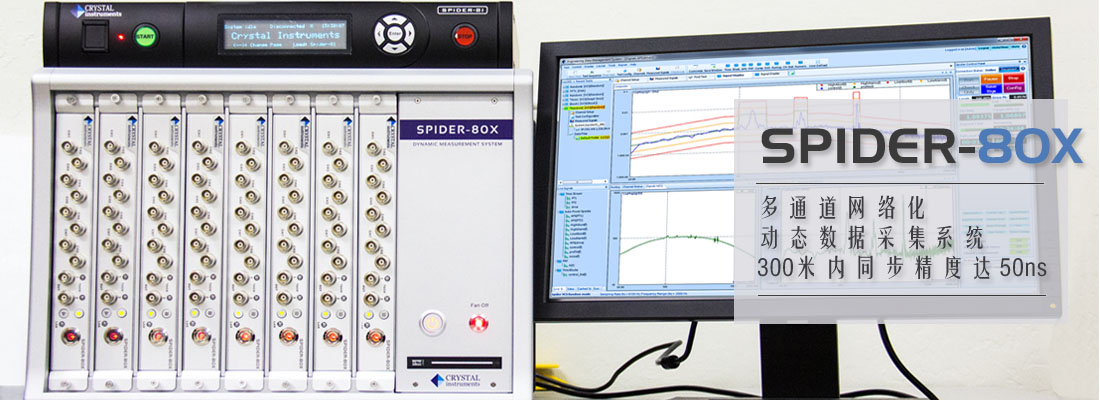SHOCK AND DROP TESTING
A Shock test outputs a series of pulses to excite the structure under test. The response is measured at one or more locations on the structure and a spectral analysis is used to determine its response and resonance characteristics. This pulse response is an approximation of the impulse response, which requires a pulse of infinite amplitude. The Fourier transform of the impulse response is the Frequency Response Function (FRF) of the system.
The Shock control process is essentially a time-domain waveform replication process that uses an FFT based algorithm to correct for the test system dynamics. The algorithm is similar to the one used for Random Control. The difference is in how the test profile is defined: in random control, it’s defined in the frequency domain; while in shock control, it’s defined in the time domain.
It is assumed that the test system is linear, which means that its response to any input can be predicted from its Frequency Response function. In the control process, this FRF is continually estimated and updated, and used to calculate the output drive signal. This output waveform should cause the test system to respond in a way that the control signal matches the test profile.







